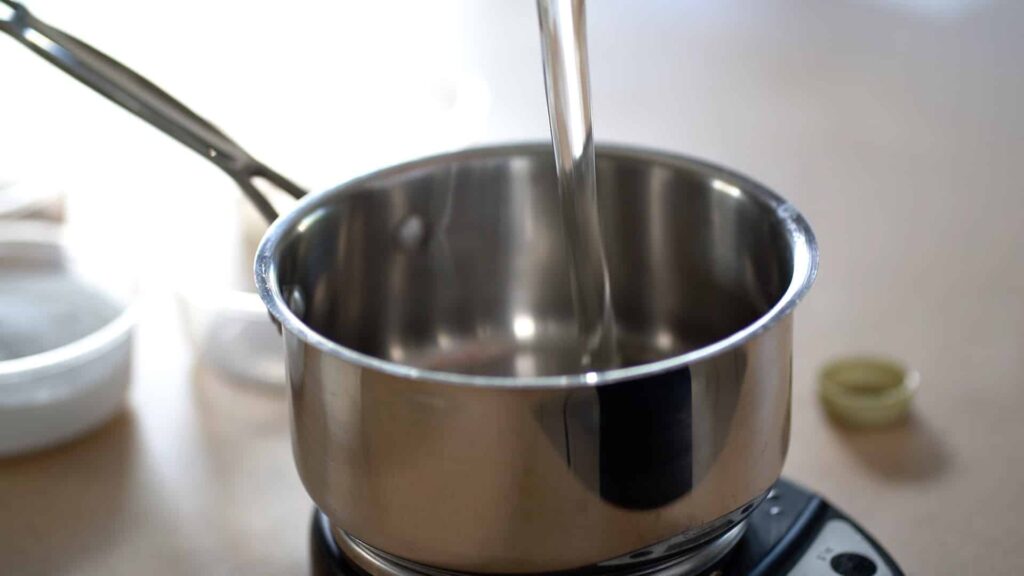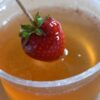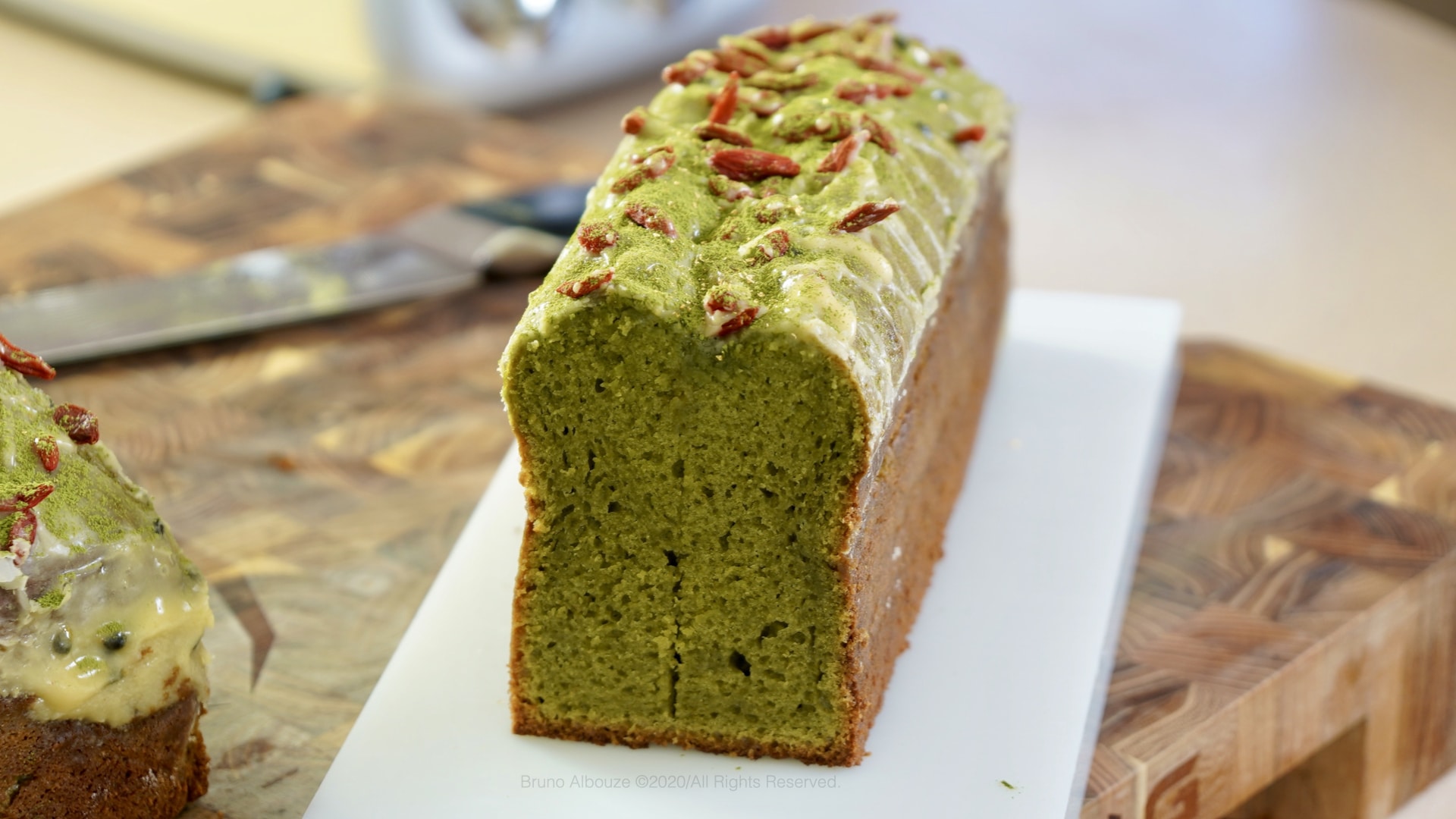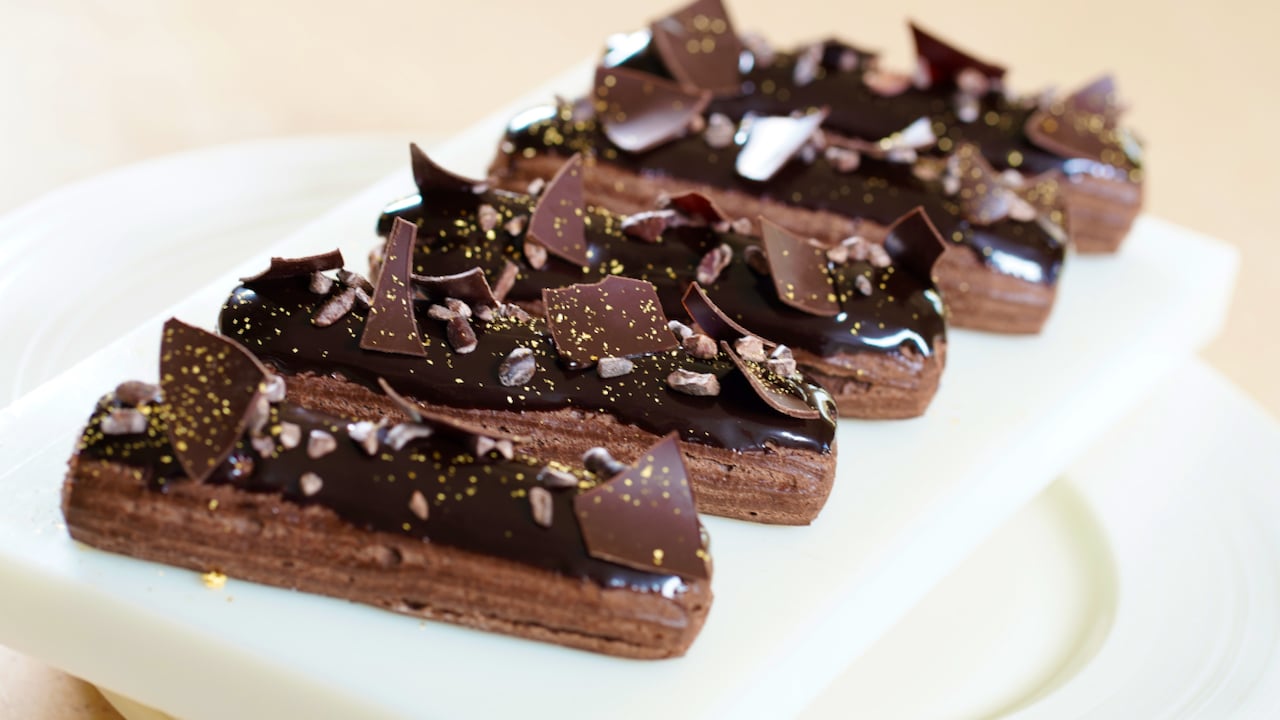Neutral Mirror Glaze
Please note: This recipe is part of the Premium section.
In the golden-lit patisseries of yesteryear, the final flourish on a fruit tart or pastry was a brush of warm, soft apricot jam—a traditional glaze known in the professional kitchen as nappage. This classic technique did more than just lend a lustrous, protective shine; it imparted a subtle, fruity sweetness that became the hallmark of a finished dessert. While the amber glow of apricot nappage is still cherished, a clear, neutral glaze has risen to prominence in modern baking. Its virtue lies in its pure versatility: it provides a pristine, glass-like finish without altering flavor, allowing the natural color of the fruit to dazzle. But its utility doesn't end there. This modern marvel is also a key tool for texturizing chocolate base glazes and stabilizing a wide range of vibrant fruit coulis, proving itself an indispensable workhorse in the contemporary pastry chef's arsenal.
Please note that the full access to this content needs a "Year at the table" subscription: please sign up.
It provides a pristine, glass-like finish..
This recipe is a protected and only available for paid members. To obtain the full step by step recipe and detailed ingredients list, please sign up.
Preview the recipe
What Neutral Glaze Does
- There is no better use for a neutral glaze than to anoint a masterpiece of seasonal fresh fruits, meticulously arranged in a golden, baked crust. It captures that feeling of walking into a pâtisserie for the first time, your gaze drawn to the display case.

- You can't help but wonder: what gives these creations their impossible, dewy shine? The answer is the transparent embrace of a neutral glaze, the final, crucial step that elevates a pastry from merely beautiful to utterly dazzling.

Neutral Glaze
- In a saucepan, combine the water, corn syrup, dextrose, and vanilla. Heat the mixture to 104ºF (40ºC). In a separate bowl, whisk together the sugar and pectin. While stirring the warm liquid, gradually sprinkle in the sugar-pectin mixture. Bring the mixture to a boil and cook for 2 minutes, stirring constantly. Add the citric acid, return to a boil, and then immediately remove from heat.

- Pour the mixture through a sieve and allow it to cool.

How To Use Neutral Glaze
- Warm the glaze to 104ºF (40-45ºC) prior to use. If the consistency remains too thick, incorporate a little simple syrup or fruit liquor or fruit syrup and blend with an immersion blender. Keep the nozzle fully submerged to minimize air bubble formation.

Storage
- Neutral glaze can be refrigerated for up to one month or frozen for several months. Gently reheat before using.
This content is part of the PREMIUM SECTION

This recipe requires a All-content access subscription. The Premium section includes more than 50 essential recipes from French pastry and a special section for mastering artisanal bread.
The Premium section is only accessible with "A year at the table" subscription. Discover it with special first year discount.







